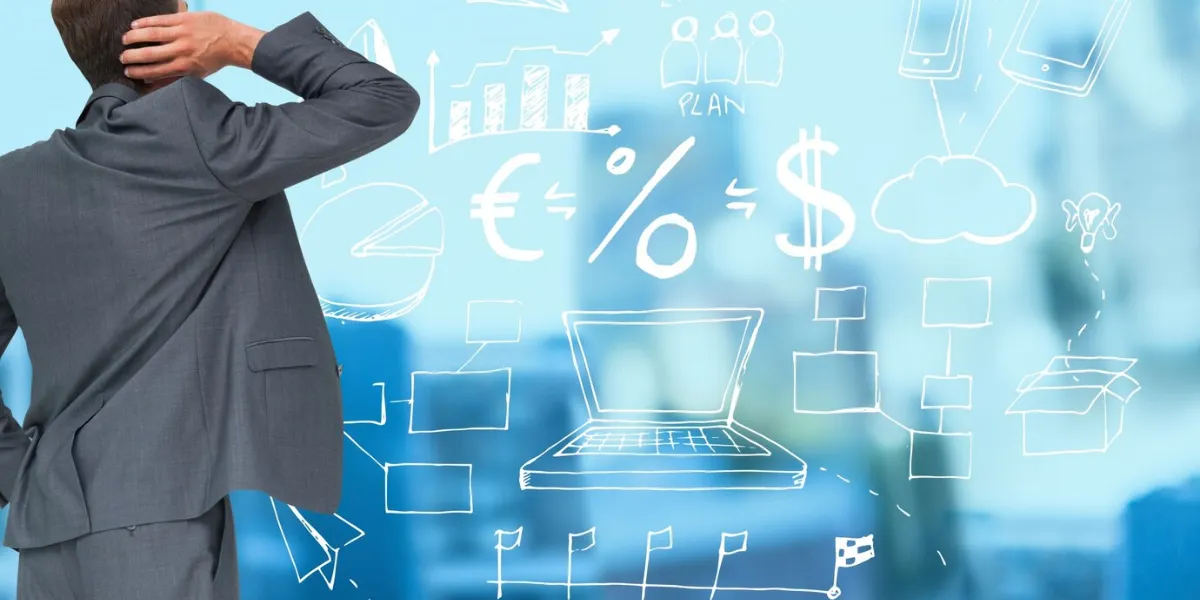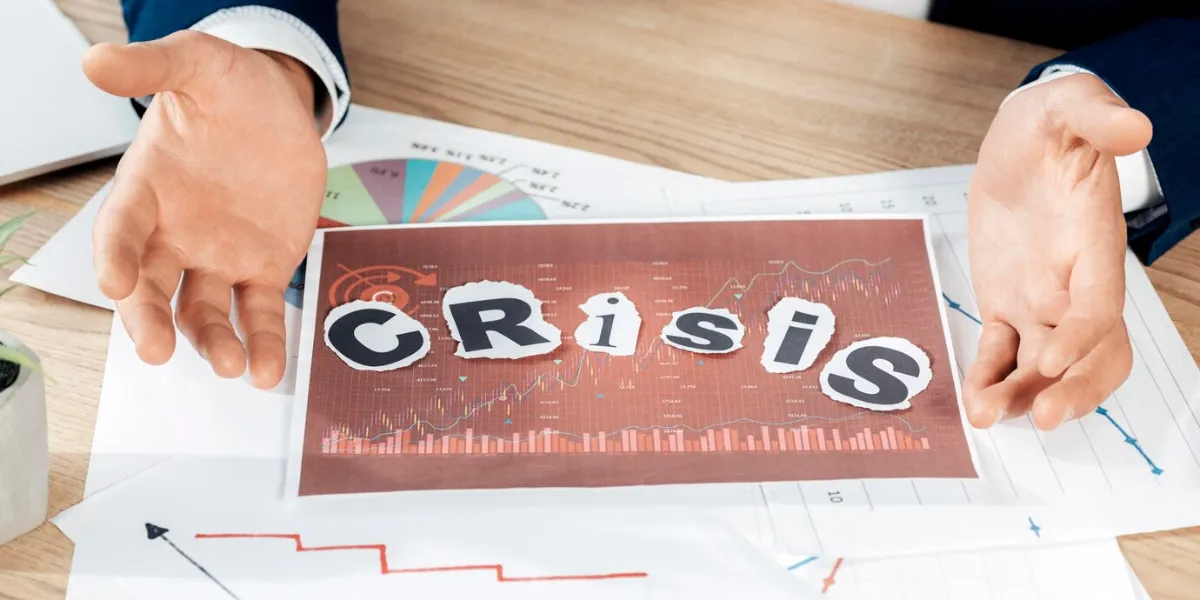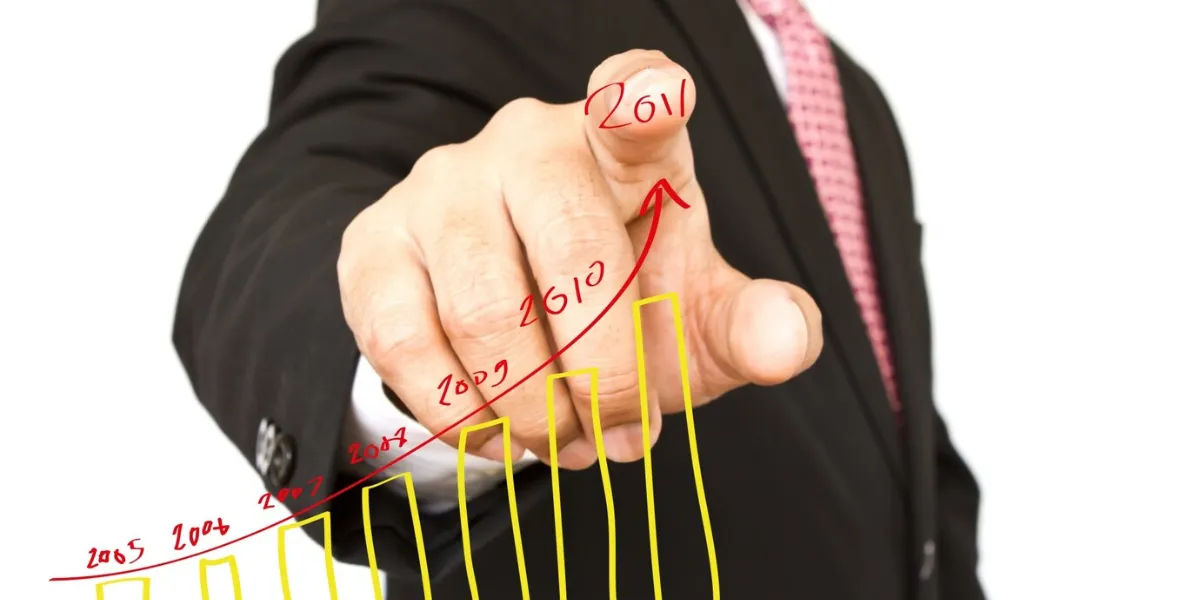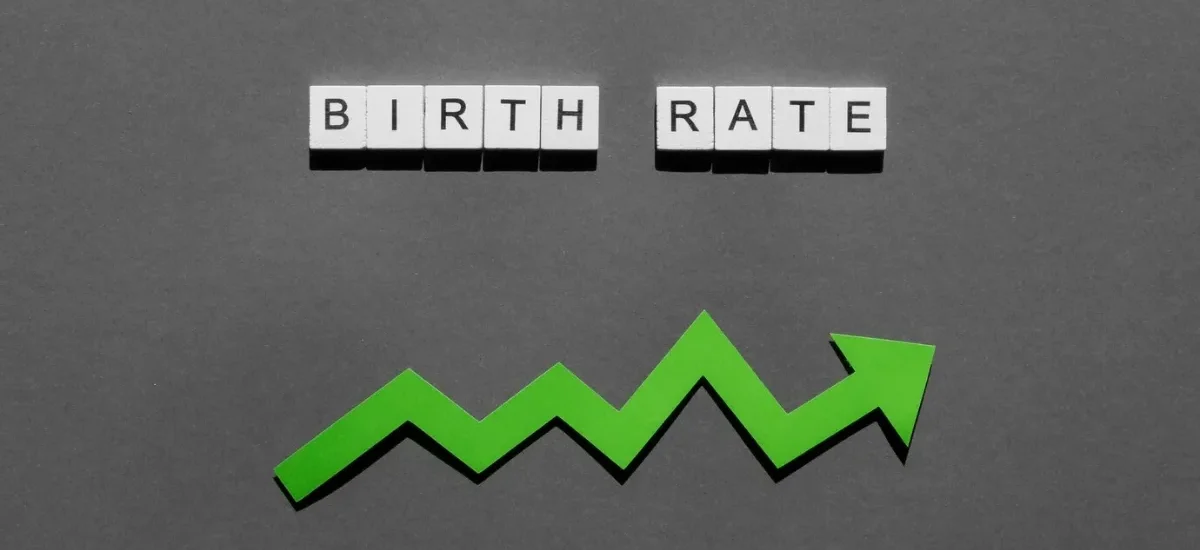Headline Inflation

Inflation is a term frequently heard in economic discussions, often cited in news headlines and government reports. It refers to the general increase in prices of goods and services over time, effectively reducing the purchasing power of money. Headline inflation specifically encompasses the overall change in the cost of living, considering a basket of goods and services typically consumed by households.
Understanding July’s Headline Inflation Report
The recent report on July’s headline inflation revealed a notable uptick, surpassing initial forecasts. This development prompts a deeper examination into the contributing factors driving this increase and its implications for various stakeholders within the economy.
Factors Influencing Inflation

Several factors contribute to fluctuations in inflation rates. These include changes in demand and supply dynamics, fluctuations in currency exchange rates, alterations in production costs, and shifts in government policies such as taxation and monetary measures.
Impact of Inflation on the Economy
Inflation affects the economy in multifaceted ways. While moderate inflation can stimulate spending and investment, excessively high inflation erodes consumer purchasing power, distorts economic decision-making, and undermines long-term economic stability.
Importance of Monitoring Inflation Rates

Accurate monitoring and analysis of inflation rates are crucial for policymakers, businesses, investors, and consumers alike. Understanding inflation trends enables stakeholders to make informed decisions regarding investments, pricing strategies, and monetary policies.
Interpretation of a 3.3% Inflation Rate
A headline inflation rate of 3.3% signifies a moderate increase in the overall price level. While this may not be cause for immediate alarm, it warrants attention from policymakers to ensure inflation remains within manageable bounds.
Effects of Inflation on Consumers

For consumers, inflation impacts everyday purchasing decisions. Rising prices can strain household budgets, potentially leading to adjustments in spending habits and lifestyle choices.
Strategies for Managing Inflation Risks
Businesses must employ various strategies to mitigate the risks posed by inflation. These may include cost-cutting measures, renegotiating supplier contracts, implementing dynamic pricing strategies, and diversifying revenue streams.
How Businesses Respond to Rising Inflation

In response to rising inflation, businesses may adjust their pricing strategies, streamline operations to improve efficiency, explore alternative sourcing options, and invest in innovation to maintain competitiveness in the market.
Government Policies to Control Inflation
Governments utilize various monetary and fiscal policies to manage inflation rates. These may include adjusting interest rates, implementing taxation measures, controlling money supply, and implementing regulatory reforms to stabilize prices.
Global Context of Inflation Trends

Inflation trends are not isolated within national borders but are influenced by global economic conditions, trade dynamics, and geopolitical factors. Understanding international inflation trends provides valuable insights for policymakers and businesses operating in interconnected markets.
Forecasting Future Inflation Trends
Accurate forecasting of inflation trends is essential for effective economic planning and risk management. Utilizing advanced analytical tools and economic models, economists endeavor to predict future inflation rates based on current and historical data.
Navigating the Complexities of Inflation

While July’s headline inflation rising to 3.3% may raise concerns, it also presents opportunities for proactive measures to manage inflation risks. By understanding the factors driving inflation, monitoring economic indicators, and implementing appropriate strategies, stakeholders can navigate the complexities of inflation and foster sustainable economic growth.
Click here for more visited Posts!





